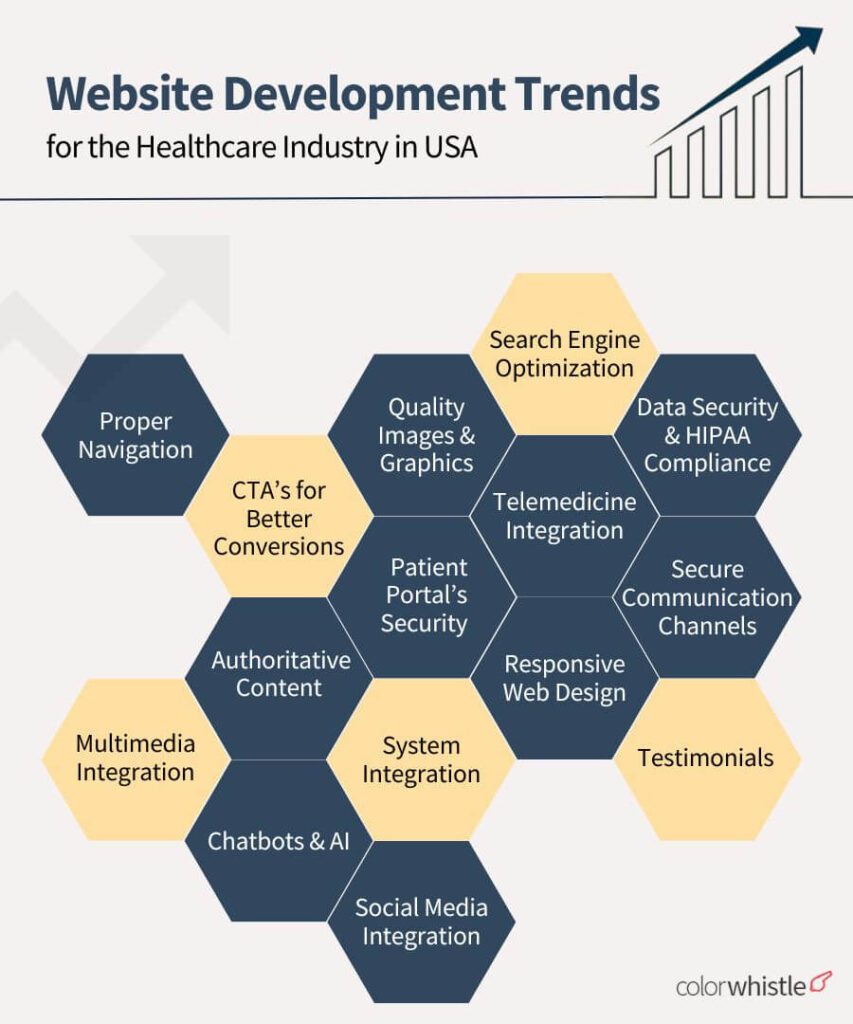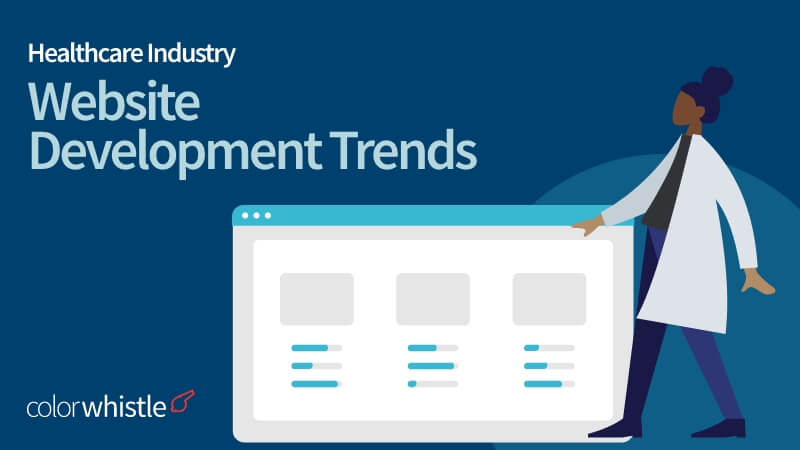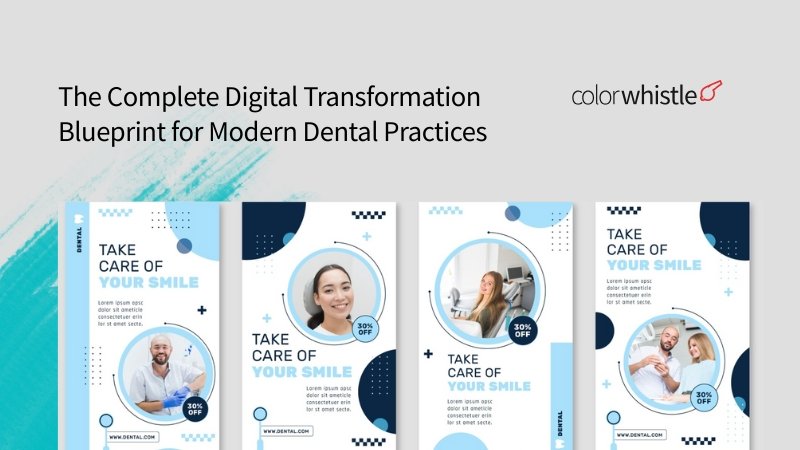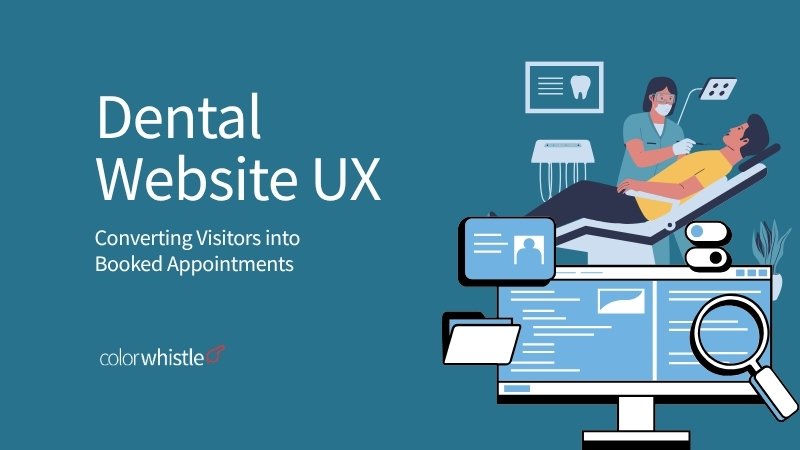The Healthcare industry is catching up with the digital era, investing in robust websites. But what features are to be incorporated matter most? Building a top-notch website isn’t simple; it demands expertise. Being a website development company, we will educate you on the top website development trends for the healthcare industry in the USA.
Why Website Development for the Healthcare Industry in the USA?
Website development is vital for the healthcare industry in the USA because it provides a platform to enhance patient engagement, improve access to medical services, and streamline administrative processes. It enables healthcare providers to offer telemedicine solutions, securely manage patient data, and disseminate critical health information. This technology-driven approach not only enhances patient care but also helps healthcare organizations to stay competitive and compliant in a rapidly evolving digital landscape.
Also Read
Top Website Development Trends for the Healthcare Industry in the USA

Let us explore the characteristics of a healthcare website that are crucial for its visibility and growth,
Clarity in Navigation is a Growing Trend in Design
A healthcare website must prioritize proper navigation with a clear structure. A concise and organized menu ensures users can easily find what they need. A logical hierarchy, with essential information accessible in just a click or two, enhances user experience.
Moreover, intuitive breadcrumbs and a search bar facilitate quick navigation. The clear structure not only helps patients locate information effortlessly but also promotes trust and credibility in the healthcare provider, ultimately enhancing the effectiveness of the website as a valuable resource for both patients and healthcare professionals.
Timeless and Trendy Ingredient for Modern Websites: Responsive Web Designs
Responsive design ensures that the site adapts seamlessly to various screen sizes and devices, such as smartphones, tablets, and desktops. This approach guarantees that patients, caregivers, and healthcare professionals can access essential information, schedule appointments, and view medical records conveniently and efficiently, regardless of the device they use.
By prioritizing responsive design, healthcare websites enhance user experience, engagement, and accessibility, ultimately improving the delivery of healthcare services and information to a diverse online audience.
Elevate Your Patient Care and User Experience Through Visual Storytelling
High-quality images and graphics enhance visual appeal and convey professionalism. Crisp, high-resolution images of medical facilities, staff, and equipment reassure visitors. Informative graphics, such as anatomical diagrams or infographics, simplify complex medical information.
Quality visuals can effectively communicate the website’s message, making it more engaging and user-friendly. Additionally, they reflect a commitment to patient care and elevate the overall user experience, vital in a healthcare context where clarity and confidence are paramount.
Search Engine Optimization The Key Element for Patience Acquisition
Search Engine Optimization (SEO) for healthcare websites involves optimizing online content and structure to improve search engine visibility. It includes keyword research and integration, ensuring mobile-friendliness, creating quality, authoritative content, optimizing meta tags, and building high-quality backlinks. In the healthcare sector, it’s vital to emphasize patient trust and privacy, prioritize local SEO for location-based services, and adhere to medical and ethical guidelines. Consistent, informative, and HIPAA-compliant content is crucial. Regularly monitoring and adapting SEO strategies is essential to ensure healthcare websites rank well in search results, attract patients, and maintain a strong online presence.
HIPAA Compliance The Data Security Standard for Healthcare
Data security and HIPAA compliance are paramount for healthcare websites. Ensuring the confidentiality, integrity, and availability of patient information is crucial. Implement strong encryption protocols, robust user authentication, and access controls. Regularly audit and monitor data access, and maintain comprehensive audit trails. Train staff on HIPAA regulations and conduct routine risk assessments.
Collaborate with a HIPAA compliance expert to navigate the complex regulatory landscape and maintain a secure online environment. Violations can lead to severe penalties, loss of trust, and legal ramifications, emphasizing the need for unwavering commitment to data security and HIPAA compliance in healthcare website development.
Deliver Your Healthcare Business Seamlessly Through Telemedicine Integration
Integrating telemedicine into healthcare websites is pivotal for offering remote medical services. By embedding secure video conferencing, appointment scheduling, and patient communication features, these websites facilitate virtual consultations, ensuring patient access to healthcare professionals from the comfort of their homes.
Telemedicine integration empowers healthcare providers to extend their reach and adapt to the evolving needs of patients in the digital age, making it an indispensable element of modern healthcare websites.
Security for Patient Portals : The Must-have Feature for Healthcare Business
Security for patient portals on healthcare websites is essential. Implement robust encryption protocols (e.g., SSL/TLS) to protect data in transit. Ensure strict user authentication with multi-factor authentication (MFA) to prevent unauthorized access. Regularly audit and update user access permissions to limit data exposure. Store sensitive patient information in secure, encrypted databases, and conduct routine security assessments and vulnerability scanning. Train staff on cybersecurity best practices and comply with HIPAA regulations.
Maintain a proactive incident response plan to address breaches swiftly. Security audits, penetration testing, and constant monitoring are essential to safeguard patient data and maintain trust in the healthcare website.
Keep Your Patience Informed and Engaged Through Updated and Authoritative Content
Regularly reviewing and refreshing content ensures that patients receive the latest medical insights, treatment options, and health guidelines. Moreover, authoritative content authored by medical experts or institutions enhances credibility.
This commitment to current information not only supports informed decision-making but also boosts the website’s search engine ranking, ultimately helping more individuals access valuable healthcare resources.
Make Your Healthcare Organization Go Interactive With Multimedia Integration
Multimedia integration in healthcare websites involves the strategic use of various media elements like videos, images, and interactive graphics to enhance user engagement and communication. It facilitates clearer patient education, showcasing medical procedures, and improving overall user experience.
This approach assists in conveying complex medical information effectively, making the website more accessible and user-friendly, especially for patients seeking visual explanations of their conditions or treatments. By integrating multimedia elements, healthcare websites can engage and educate visitors, ultimately promoting better understanding and patient empowerment.
Chatbots and AI: The Future of Healthcare Patient Engagement
Implementing chatbots and AI on healthcare websites enhance patient engagement and efficiency. Chatbots can provide instant responses to inquiries, schedule appointments, and offer preliminary assistance. AI-driven personalization tailors content to user preferences, improving the overall user experience and providing valuable healthcare information.
System Integration: The Key to Healthcare Website Transformation
System integration in healthcare websites involves seamlessly connecting and sharing data between various software systems, such as electronic health records (EHR), appointment scheduling, and billing. This ensures efficient workflows, improved patient care, accurate resource allocation and secure data exchange, ultimately enhancing the overall functionality and effectiveness of the healthcare website.
Revolutionize Healthcare Communication Through Social Media for Enhanced Engagement
Social media integration for healthcare websites involves seamlessly incorporating social media platforms like Facebook, Twitter, and LinkedIn. This integration enables patients and users to easily share, comment, and engage with healthcare content. It enhances communication, fosters community engagement, and disseminates important healthcare updates efficiently.
Furthermore, it provides a channel for healthcare providers to share educational materials, promote wellness initiatives, and gather valuable feedback. By integrating social media, healthcare websites can extend their reach, build trust, and foster an interactive online presence, ultimately improving patient engagement and delivering valuable healthcare information to a wider audience.
CTA’s The Paramount for Better Conversions
Publishing extensive website content without a clear call-to-action (CTA) often proves futile. In most cases, it’s imperative to guide or prompt site visitors to take a defined action. CTAs are most effective when strategically placed at the decision-making stage or near the conclusion of content pieces. Web designers can employ CTAs to steer online users toward premium content or the array of products and services offered by a healthcare website.
It’s worth highlighting that CTAs can be integrated into nearly every content type, and maintaining a consistent CTA presence typically results in heightened sales and conversions overall.
Testimonials That Showcase Quality and Trust
Testimonials serve as vital assets for medical websites, instilling confidence in potential patients. You can prominently display them on the homepage or create a dedicated testimonial page for maximum impact.
Secure Communication Channels : The Essential and Standard Element for Healthcare Websites
Implement secure communication channels on your healthcare website by employing end-to-end encryption for patient-provider interactions, offering secure messaging platforms compliant with HIPAA regulations, and ensuring robust user authentication processes. Protect sensitive medical information while facilitating seamless, confidential communication between patients and healthcare professionals.
Also Read
Ready to Establish a Website for Your Healthcare Business?
Your healthcare website serves as the foundation of your message, attracting online users in and nurturing their interest. It’s not just about safety and security, it’s about engaging content and a seamless user experience.
We specialize in healthcare website development to ensure your online presence is as compelling as your expertise. If you require any professional assistance let’s connect and enhance your healthcare website development journey.
If you are also looking for any digital marketing services such as Video Marketing Agency, you can contact ColorWhistle by sending us a message or call us at +1 (919) 234-5140, we’ll get back to you at the earliest. We provide services tailored to your requirements that suit your business. We are also experts at website development services, as well as web designing. You can approach us for any of these services to make a robust online presence for your business.
What’s Next?
Now that you’ve had the chance to explore our blog, it’s time to take the next step and see what opportunities await!





